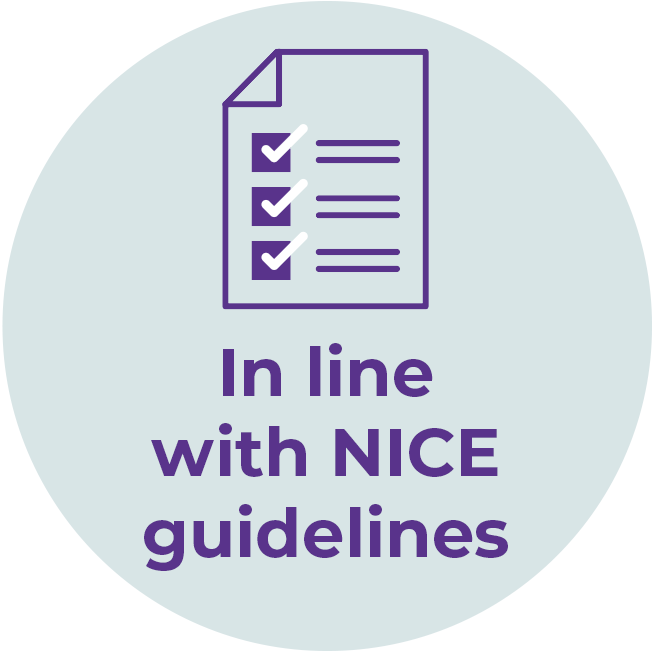For more information about Cetraxal®, please see the prescribing information.
The Cetraxal Range

For uncomplicated AOE with:
Intact eardrum
Pain
Absence of swelling
Suitable for patients aged 1yr+
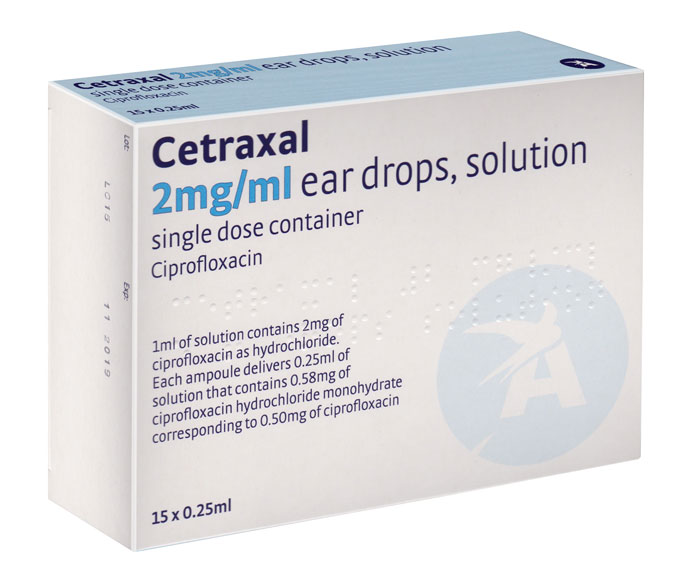

For more symptomatic AOE with:
Known/suspected eardrum perforation
Swelling
Tympanostomy tubes
Suitable for patients aged 6mo+

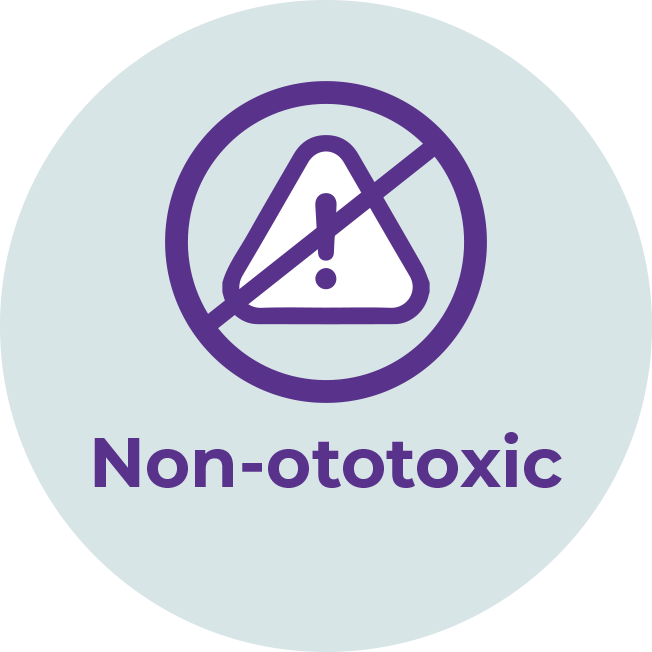
The Cetraxal range is considered to be non-ototoxic1 with Cetraxal Plus suitable for use where there is swelling or known or suspected tympanic membrane perforation.
Find out more about the Cetraxal range’s non-ototoxic properties here
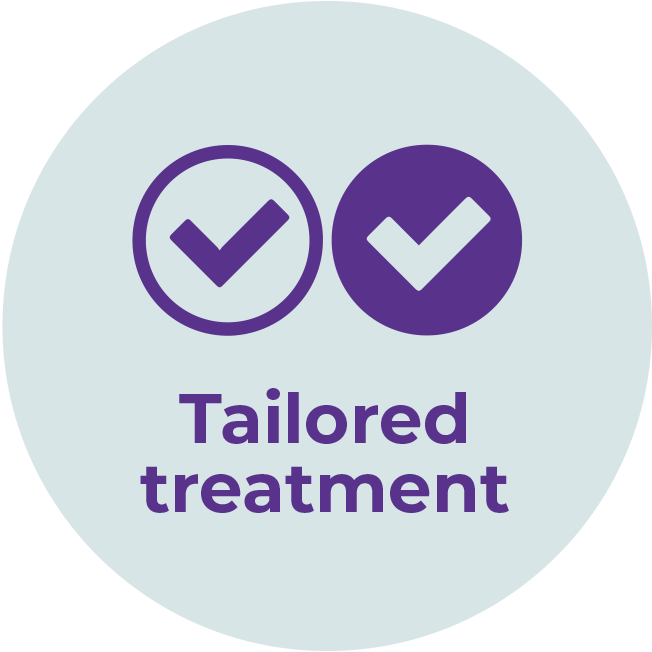
Treatment options can be tailored to the patient. Cetraxal offers a steroid-free option and Cetraxal Plus is suitable for use in AOE where tympanic membrane perforation is present or suspected.
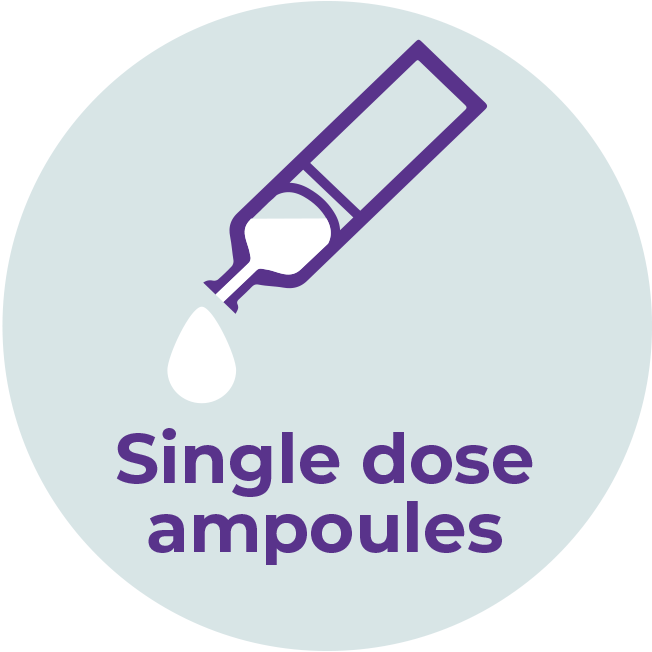
Single-dose ampoules enable:
✓ Accurate dosing
✓ Low risk of cross contamination2
✓ Easy, targeted administration: a study found 94.4% of patients found it easy to administer2
✓ Support of treatment adherence : simple, one ampoule per ear bi-daily dosing regimen
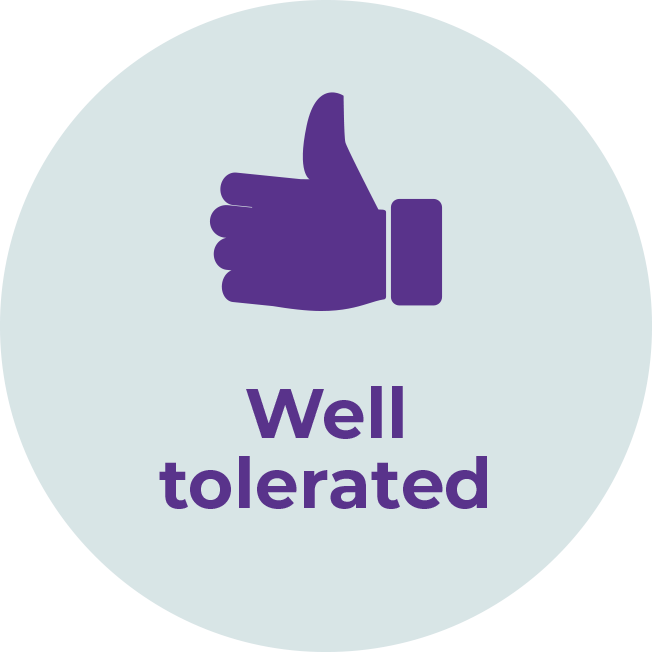
Free from preservatives and with no known sensitisers, the Cetraxal range is well tolerated whilst still being efficacious. Most common adverse events: ear pain, ear discomfort, ear pruritus, dysgeusia.
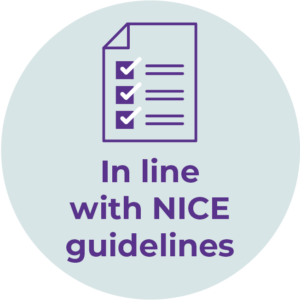
NICE advises consideration of the following factors when prescribing a topical antibiotic:3
| Status of eardrum (perforated or intact) | ✓ Cetraxal Plus can be used with a perforated tympanic membrane |
| Personal preference | ✓ The Cetraxal range allows for a tailored treatment choice |
| Cost | ✓ £6.01 per treatment course4 |
| Dosing | ✓ The Cetraxal range uses single dose ampoules for bi-daily dosing |
| Risk of adverse events: – Fungal super-infection – Aminoglycoside-induced: – Ototoxicity – Skin sensitization |
✓ The Cetraxal range is non-ototoxic and preservative-free with no known sensitising agents |
Ototoxicity
Definition: A pharmacological adverse reaction affecting the inner ear or auditory nerve, characterized by cochlear or vestibular dysfunction5.
Aminoglycosides are well known to cause ototoxicity6:
- Gentamicin: vestibulotoxic7
- Can result in dizziness, ataxia and nystagmus
- Neomycin: cochleotoxic7
- Can lead to permanent hearing loss
The Cetraxal range provides a non-ototoxic treatment option and may offer an alternative where antimicrobial resistance (AMR) is a complication
Fluoroquinolones eg. Cetraxal range are considered to be non-ototoxic1
Antimicrobial resistance
- In a study of 144 swabs taken from patients with AOE the most commonly identified pathogen was Pseudomonas aeruginosa (45.1%)8:
- All P. aeruginosa isolates were resistant to neomycin
- All P. aeruginosa isolates were sensitive to ciprofloxacin eg. Cetraxal range









